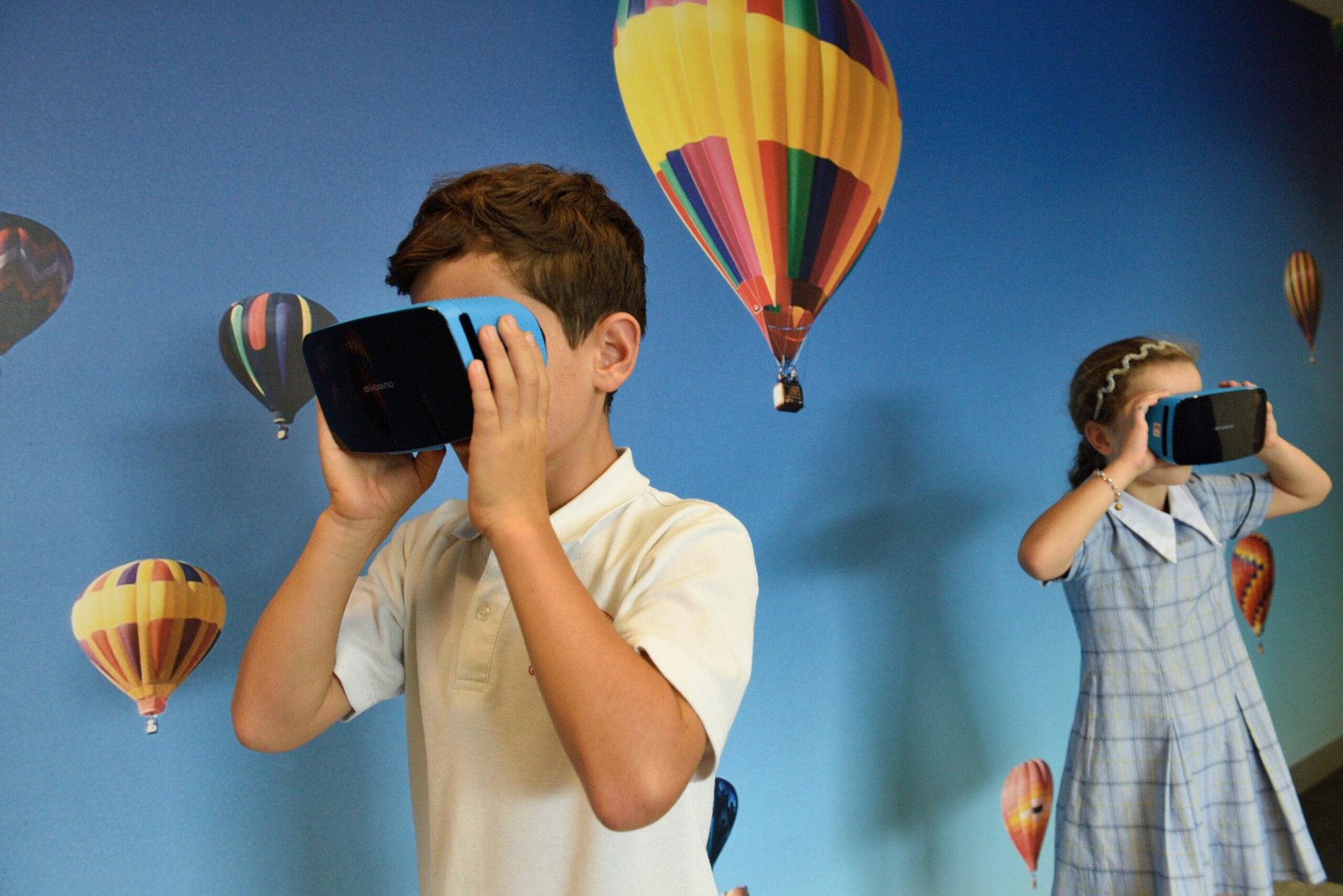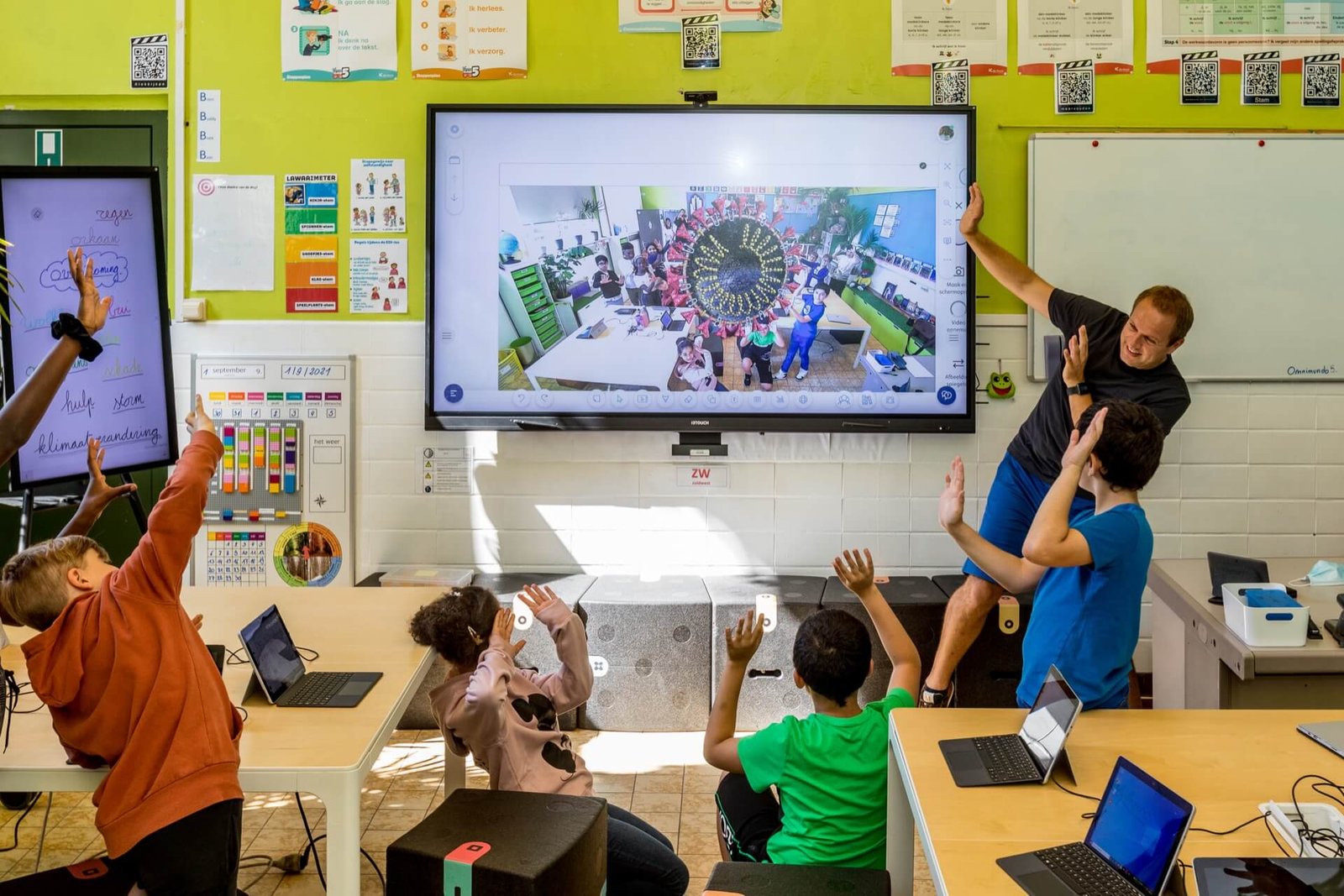
Introduction to STEM Education
STEM education—an acronym for Science, Technology, Engineering, and Mathematics—offers a comprehensive learning approach. This method integrates these four disciplines to foster critical thinking, creativity, and problem-solving skills. With the rapid pace of technological advancement, building a strong foundation in STEM subjects is essential, especially during early childhood when young minds are most receptive.
In recent years, the academic landscape has increasingly emphasized STEM education. This focus reflects the recognition of STEM fields as drivers of innovation and economic growth. By introducing STEM concepts early, educators and parents can equip children with vital skills for navigating a complex, technology-driven world. Additionally, early exposure to STEM learning ignites curiosity and encourages exploration through a scientific lens.
Importance of Early STEM Education
Integrating STEM education in early childhood lays the groundwork for future academic success and career opportunities. Research shows that children engaged in STEM activities at a young age develop stronger analytical thinking and mathematical reasoning. Early enthusiasm for these subjects can help reduce gender and diversity gaps often seen in STEM fields later in life.
Creating a conducive environment for STEM learning is crucial. This effort nurtures a mindset that values inquiry and innovation. When parents and educators collaborate to provide engaging experiences, they help develop a generation prepared to tackle global challenges head-on.
Cognitive Development and STEM
The integration of STEM education into early childhood programs significantly boosts cognitive development. Research in developmental psychology suggests that early exposure enhances critical thinking and problem-solving abilities. These skills are fundamental for navigating the complexities of the modern world, positioning STEM education as essential for lifelong learning.
Children introduced to STEM activities often show improved logical reasoning and analytical skills. Engaging in hands-on experiments, building structures, or solving puzzles allows young learners to explore concepts in a tangible way. Such activities stimulate curiosity and encourage questioning—pivotal elements in fostering creativity. The ability to experiment and iterate reinforces persistence and resilience, which are beneficial throughout a child’s educational journey.
Cognitive Benefits of STEM
Moreover, the cognitive benefits of STEM education extend beyond specific subject areas; they impact overall brain development. Neuroscience studies indicate that engaging in STEM activities activates various brain regions, promoting essential neural connections for complex thought processes. This early brain stimulation can influence children’s ability to think abstractly and synthesize information across disciplines. Additionally, collaborative STEM projects enhance social skills, teaching children to share ideas and work towards common goals.
In summary, the cognitive benefits of STEM education extend far beyond academics. By fostering critical thinking, problem-solving skills, and enhancing creativity, STEM education catalyzes profound cognitive development in these formative years. Investing in early STEM learning experiences cultivates innovative thinkers prepared to tackle future challenges.
Bridging the Gender Gap in STEM
The gender gap in STEM fields is a persistent challenge that requires attention. Historically, women have been underrepresented in these areas, leading to a lack of diversity and innovative perspectives in the workforce. Addressing these disparities early on is crucial for fostering an inclusive environment that encourages all genders to pursue STEM careers.
Promoting STEM education among girls in early childhood is vital. Research indicates that girls often show interest in STEM subjects but may lose confidence as they progress through school. Early exposure to STEM activities provides girls with necessary skills and encouragement, helping them envision themselves as future scientists, engineers, or tech innovators.
Successful Initiatives
Several successful initiatives and programs support this objective. Organizations like Girls Who Code and STEMettes inspire girls through coding workshops and tailored mentorship programs. These programs teach technical skills while fostering a sense of belonging, allowing participants to network with role models and peers. Schools also play a crucial role by integrating gender-sensitive teaching practices that promote equal participation in STEM subjects.
As awareness of the gender gap in STEM grows, advocacy for equitable access to education in these fields will continue to expand. To cultivate a balanced and innovative workforce, both girls and boys must be empowered to explore and contribute to STEM disciplines from an early age.
STEM and 21st Century Skills
Integrating STEM education into early childhood curricula fosters essential 21st-century skills among young learners. The modern workforce increasingly demands proficiency in collaboration, communication, critical thinking, and problem-solving—skills intricately linked to STEM disciplines. By exposing children to STEM activities early, educators can cultivate these competencies that will enhance their future professional landscapes.
Importance of Collaboration
Collaboration is a cornerstone of STEM education, as many projects require students to work together to identify issues, develop solutions, and share findings. These experiences teach children the value of teamwork and collective problem-solving, equipping them to navigate today’s work environment, where interpersonal skills are as critical as technical knowledge. As children engage in group activities, they learn to communicate ideas effectively, listen to others, and integrate feedback.
Communication is particularly crucial in STEM fields, where articulating complex concepts clearly is often essential. Early introduction to STEM fosters creativity in expressing thoughts and enhances vocabulary proficiency. Children develop skills in conveying ideas through presentations, reports, or visual models, preparing them for future academic and professional expectations.
Critical Thinking and Problem Solving
Furthermore, critical thinking and analytical skills are nurtured through hands-on experiences in STEM education. Engaging in problem-solving tasks teaches learners to assess situations, make data-driven decisions, and evaluate outcomes. This not only promotes intellectual independence but also instills a mindset that thrives in dynamic environments where adaptability and quick thinking are essential.
In conclusion, incorporating STEM education in early childhood lays a foundation for essential 21st-century skills like collaboration, communication, and critical analysis, equipping children to thrive in an ever-evolving workforce.
Hands-On Learning and Interactive Experiences
Experiential learning is crucial in early childhood education, especially within STEM disciplines. Hands-on activities and interactive experiences allow young learners to explore complex concepts engagingly. Participating in practical applications helps children develop critical thinking and problem-solving skills while fostering their natural curiosity.
Engaging Activities
One effective way to incorporate hands-on learning is through science experiments. Simple activities, like observing the properties of water through freezing and melting, can introduce basic scientific principles. Planting seeds and observing their growth teaches children about biology and environmental science while instilling responsibility as they care for living organisms. Direct experience helps children relate theoretical knowledge to the real world, enhancing cognitive development.
In addition to science experiments, interactive technologies like educational robotics and coding games are valuable in early childhood settings. Engaging with programmable devices encourages systematic and analytical thinking as children create sequences of commands to achieve specific outcomes. Gamified learning platforms provide enjoyable interfaces that help children understand algorithms, sequencing, and problem-solving while maintaining interest through playful competition or collaboration.
Engineering Challenges
Engineering challenges further stimulate creativity and innovation. Building structures with blocks or constructing bridges from everyday materials can introduce principles of design and physics. These challenges promote teamwork as children discuss and collaborate, fostering communication skills while solving engineering problems together.
Ultimately, integrating hands-on activities and interactive experiences in STEM education not only makes learning enjoyable but also lays a solid foundation for future academic success. By grasping complex concepts through direct manipulation and engagement, children cultivate a profound interest in scientific exploration and inquiry from an early age.
The Role of Educators and Parents
Educators and parents are pivotal in effectively implementing STEM education during early childhood. Their involvement fosters an environment that stimulates curiosity and promotes exploration among young learners. A supportive atmosphere encourages children to engage with science, technology, engineering, and mathematics concepts, setting the foundation for lifelong learning.
Educators’ Responsibilities
In preschool settings, educators can integrate STEM activities into the curriculum engagingly and appropriately. This can include hands-on activities like building structures, conducting simple science experiments, and introducing basic coding concepts through interactive games. Incorporating these activities into daily routines sparks interest in STEM subjects while teaching problem-solving and critical-thinking skills. Creating an interactive, open-ended learning environment allows children to express their thoughts and ask questions, achieved through collaborative projects that encourage exploration together.
Parents’ Involvement
Parents can complement educators’ efforts by encouraging STEM learning at home. Simple activities like cooking, gardening, or visiting science centers provide valuable STEM experiences outside the classroom. Parents can nurture curiosity by asking open-ended questions during activities, promoting deeper thinking and exploration. Incorporating technology into daily life—using educational apps or engaging with interactive learning platforms—further enhances children’s exposure to STEM topics while keeping them engaged.
Collaboration between educators and parents forms a holistic approach to STEM education. Working together creates a consistent message about the importance of these subjects, inspiring a love for learning that follows children throughout their educational journey.
Integrating STEM Across the Curriculum
Recent years have seen a growing recognition of the need to integrate STEM education into various subjects beyond traditional science and mathematics classes. Incorporating STEM principles into art, language, and social studies enhances student engagement and fosters a comprehensive understanding of these concepts as they relate to real-world scenarios. This interdisciplinary approach demonstrates the relevance of STEM education in all learning areas.
Art and STEM
For example, educators can teach students about geometry through the study of shapes and patterns in artwork. Incorporating technology allows students to use software tools to create digital art or analyze famous pieces, connecting aesthetics with mathematical principles. Implementing scientific methods in art allows children to experiment with materials and discover properties, merging creativity with critical thinking.
Language Arts and STEM
In language arts, storytelling can introduce STEM concepts. Children can read stories about inventors and explore challenges faced in experiments. Following this, educators can encourage students to create their inventions or solutions to problems presented in narratives, reinforcing creative thinking while introducing basic engineering concepts. Language skills are enhanced as students discuss and present their projects.
Social Studies and STEM
Social studies offer opportunities to integrate STEM by examining technological advancements throughout history. Educators can guide students in researching how societies have utilized science and technology to solve problems and improve quality of life. Analyzing case studies of historical and contemporary figures helps students learn about the impact of STEM on civilization while developing critical thinking and civic awareness.
Integrating STEM across the curriculum enriches students’ learning experiences and prepares them for a dynamic future.


